May
9
2013
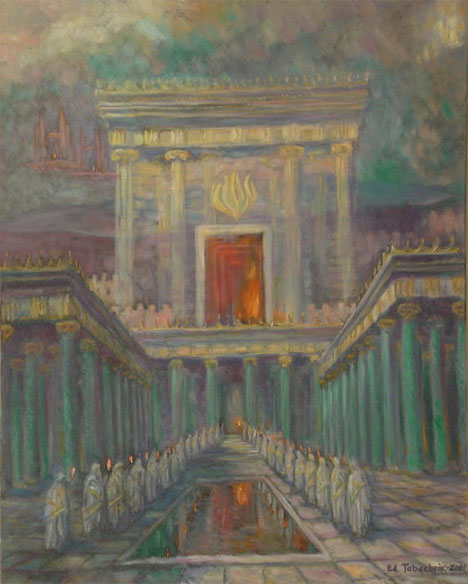 The first verses of 2 Thessalonians 2 have been an unnecessary battle ground. The Day of the Lord would not come until after the Man of Sin had been revealed. This reasoning seems obvious to Paul. It should be obvious to us if we know the early chapters of Genesis and their corporate expression in Israel’s festal calendar.
The first verses of 2 Thessalonians 2 have been an unnecessary battle ground. The Day of the Lord would not come until after the Man of Sin had been revealed. This reasoning seems obvious to Paul. It should be obvious to us if we know the early chapters of Genesis and their corporate expression in Israel’s festal calendar.
Continue reading
Comments Off | tags: AD70, Covenant Theology, Feasts, Firstfruits, Genesis | posted in Bible Matrix, Biblical Theology, The Last Days
Apr
23
2013
James Jordan’s must-have Revelation lecture series
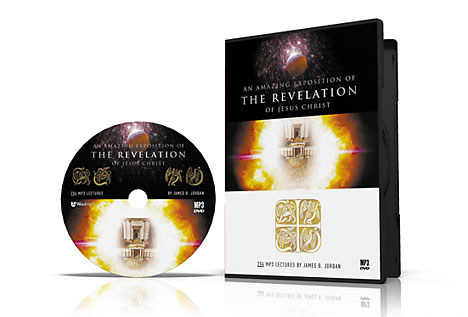
What Is Revelation Really About?
Continue reading
Comments Off | tags: James Jordan, Revelation | posted in Biblical Theology, The Last Days
Apr
17
2013
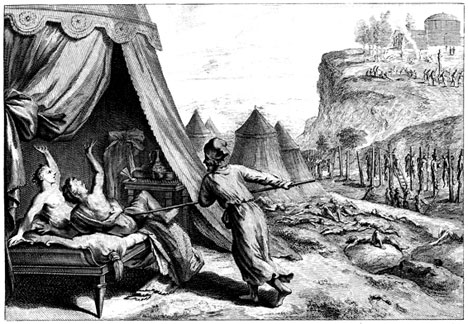 Priests and Levites of All Nations
Priests and Levites of All Nations
Part 1 | Part 2 | Part 3 | Part 4 | Part 5 | Part 6
In this final post on the structure of Ephesians, we will cover stage 6 (Conquest/Atonement) and stage 7 (Glorification/Booths). (Unfortunately, I can’t refer to them as cycles because there are 8 cycles, as previously discussed.)
A common interpretation of the “armor of God” relies on the assumption that Paul is using the kit of a Roman soldier as a metaphor. This shows how fragmented is our understanding of the Bible, an organic text which is not fragmented at all, and not reliant upon the various contemporary cultures anywhere near as much as we assume. The armor in Ephesians 6 is that of a priest, a priest with a sword, fulfilling his guard duty at the gate of God.
Continue reading
Comments Off | tags: Covenant Theology, Ephesians, High Priest, Levites, Literary Structure, Revelation, Tabernacle | posted in Bible Matrix, Biblical Theology, The Last Days
Mar
27
2013
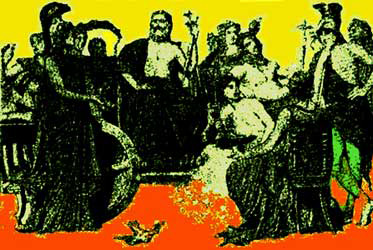
“For thus says the Lord of hosts: ‘Once more (it is a little while) I will shake heaven and earth, the sea and dry land…”
(Haggai 2:6)
Many modern commentators hamstring various parts of the Bible so they don’t run against the grain of modern scientism and historical revisionism. They do this by “classifying” the bits of Scripture that offend modern theory into neat literary genres. “If Genesis is poetry, it can’t be historical,” and other stupidities. Nice try. Another one is “apocalyptic,” a genre which, to the eye of unbelief, might appear to actually exist.
Continue reading
2 comments | tags: Covenant Theology, Genesis, Hermeneutics, James Jordan, Revelation | posted in Biblical Theology, The Last Days
Mar
26
2013
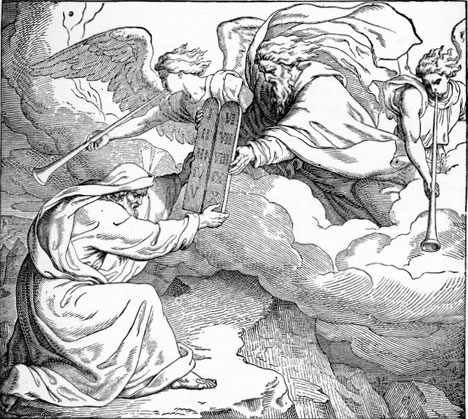
Part 1 | Part 2 | Part 3 | Part 4
It’s been a while since I blogged due to some pesky Russian hackers.
Well, it looks possible at this point that Ephesians actually has eight cycles, just as many of its “sevenfold” stanzas have eight lines. This is because step three reflects the Altar and the Table, the Land and the fruits of Day 3 (the first half of the cycle has a preliminary “filling”).
This means that the previous cycle, which spoke of the gifts to the Church, concerned the initial outpouring of the Spirit by Christ at His ascension. If that was the “three-and-a-half,” this next cycle must then be the Day 4, the governing lights, which seems to be the case as it begins with a reference to enlightenment, and proceeds to comment on what this looks like in the saints. If this is indeed the structure here, what follows below is the “Ethics opened” section of the epistle. The new Israel will not be given to harlotry in the wilderness, as the old one was.
Continue reading
Comments Off | tags: Compromise, Ephesians, Literary Structure | posted in Bible Matrix, Biblical Theology, The Last Days
Mar
20
2013
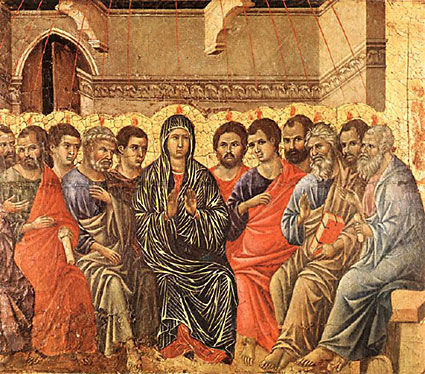 Part 1 | Part 2 | Part 3
Part 1 | Part 2 | Part 3
We have arrived the central cycle, the “Pentecost” of the epistle. Here’s how it looks so far:
Continue reading
Comments Off | tags: Baptism, Ephesians, Literary Structure, Paul | posted in Bible Matrix, Biblical Theology, The Last Days
Mar
13
2013
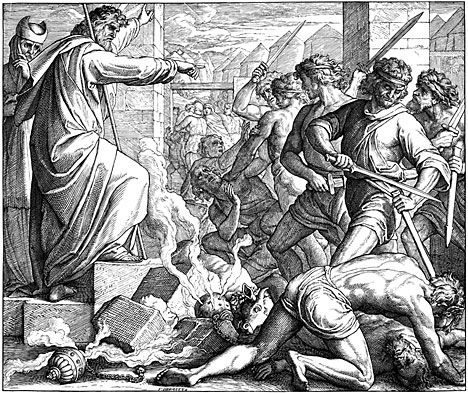
Part 1 | Part 2
The first cycle of Ephesians expressed the call and adoption of God’s sons as a new Creation (Sabbath). At its very centre was the phrase, “the forgiveness of our trespasses.” At the centre of the second, which concerned the removal of the Veil of Moses, was “the sons of disobedience,” a Division between the sons of the promise and the sons of the flesh (Passover). This division was obviously no longer founded on genealogy but began with voluntary allegiance to Jesus. Circumcision or uncircumcision became irrelevant.
Continue reading
Comments Off | tags: Ephesians, Leviticus, Literary Structure, Revelation | posted in Bible Matrix, Biblical Theology, The Last Days
Mar
6
2013
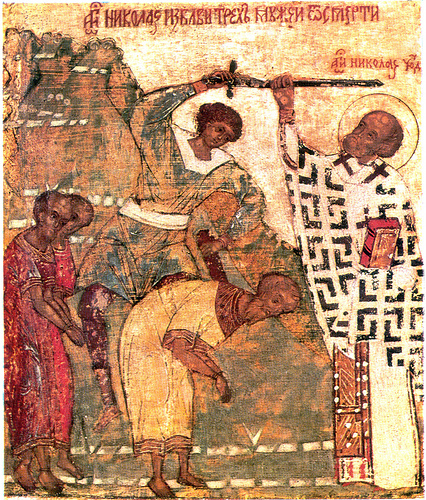 Part 1 here.
Part 1 here.
Bible commentators will tell you that Paul’s epistle to the Ephesians contains great riches. Unfortunately, without any reference to its Mosaic literary structure, it comes across as a jumble of jewels in a treasure chest. However, analysis of the structure allows us to appreciate the fine networks and chains of thought in the literary architecture — and also the clever allusions contrasting old Israel with the New. It also demonstrates Jesus’ fulfillment of the Mosaic Law.
Continue reading
Comments Off | tags: Balaam, Ephesians, Lampstand, Leviticus, Literary Structure, Revelation, Revelation 20 | posted in Bible Matrix, Biblical Theology, The Last Days
Mar
5
2013
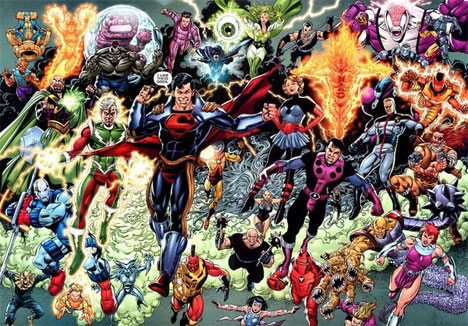 Were the Nephilim in Genesis 6 angels or aliens?
Were the Nephilim in Genesis 6 angels or aliens?
The Nephilim (“great” or “amazing”) were the first “mighty men” of the Bible. They were the result of the intermarriage between the priestly sons of Seth and the rebellious Cainite kings. The text gives us a split genealogy after the murder of Abel, priests serving God outside the garden, and Cain’s false kingdom (Cain went and built a “fortress” to protect himself). So, humanity was divided into two camps: those who served God as their king and those who rebelled against Him.
Continue reading
17 comments | tags: Cain, Compromise, Genesis, James Jordan, Nephilim | posted in Biblical Theology, Creation, Q&A, The Last Days
Mar
4
2013
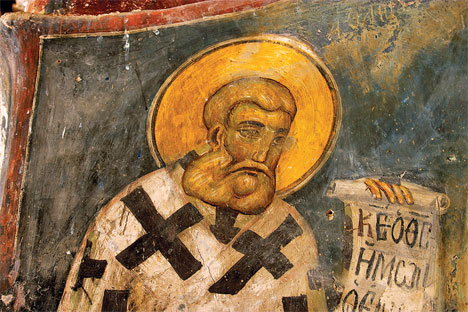
or the Covenanto-Architecturo-Historico-Grammatico-Muso Method
“A seal is meant to be broken.”
During the first of his recent lectures in London, James Jordan tore a page out of his Bible. It was the page announcing the New Testament as a separate book with its own pagination. It is one thing to interpret the New Testament in the light of contemporary literature and history, but their importance pales in comparison to the texts being recognized as a continuation of the Scriptures.
Continue reading
3 comments | tags: Ephesians, Fractals, Hermeneutics, Literary Structure, Revelation, Systematic typology | posted in Bible Matrix, Biblical Theology, The Last Days, Totus Christus
 The first verses of 2 Thessalonians 2 have been an unnecessary battle ground. The Day of the Lord would not come until after the Man of Sin had been revealed. This reasoning seems obvious to Paul. It should be obvious to us if we know the early chapters of Genesis and their corporate expression in Israel’s festal calendar.
The first verses of 2 Thessalonians 2 have been an unnecessary battle ground. The Day of the Lord would not come until after the Man of Sin had been revealed. This reasoning seems obvious to Paul. It should be obvious to us if we know the early chapters of Genesis and their corporate expression in Israel’s festal calendar.
































